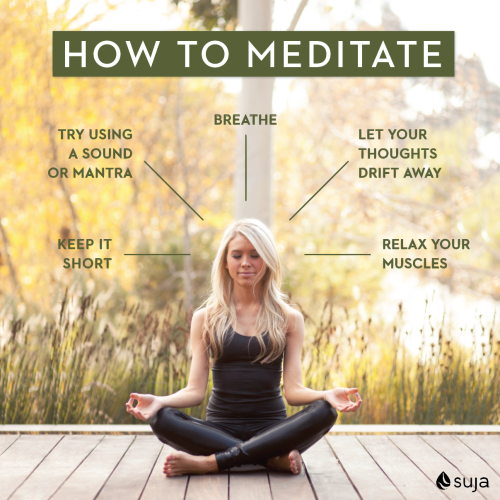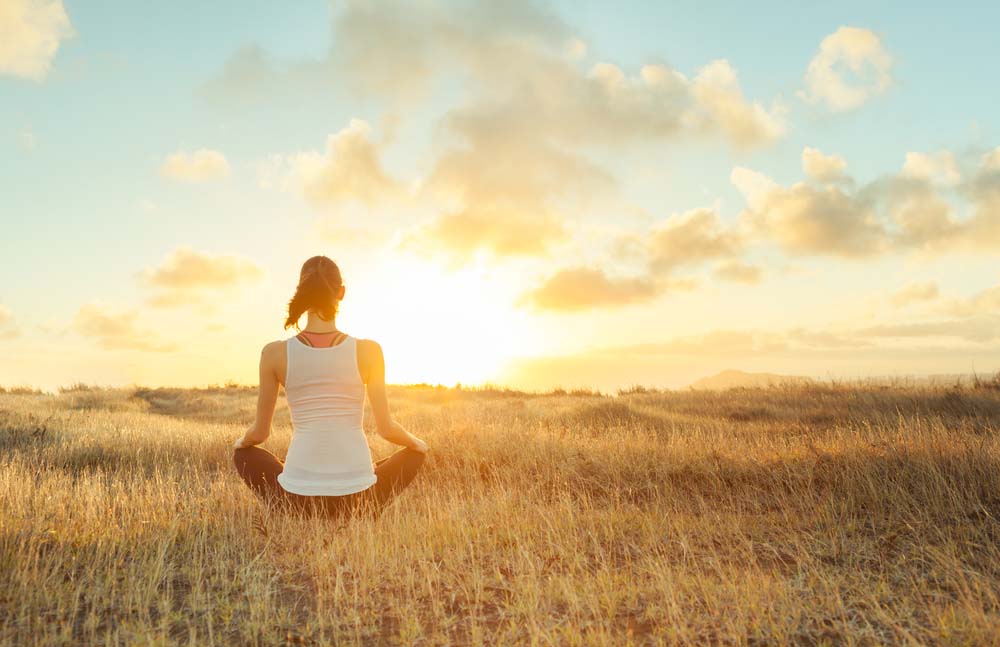Begin Your Journey: Simple Actions on Just How to Meditate for Newbies
Meditation, often perceived as an evasive practice reserved for the experienced, can really act as a foundational device for anybody seeking quality and calmness in their every day life. By recognizing its basic concepts and establishing a helpful setting, novices can unlock the possible advantages of this technique. As you start to explore the necessary steps-- such as finding an appropriate room and mastering breathing strategies-- you might find difficulties that could improve your experience. The trip of reflection holds even more depth than one could anticipate, inviting more exploration right into its transformative facets.
Understanding Meditation Essentials
Meditation functions as a powerful tool for enhancing mental clearness and psychological well-being. At its core, meditation is a practice of focused attention and understanding, allowing individuals to cultivate a deeper understanding of their ideas and emotions. By participating in this self-control, specialists can attain a state of relaxation and mindfulness, which can considerably minimize stress and anxiety and anxiousness degrees.
Recognizing the essentials of meditation entails familiarizing oneself with numerous methods, such as mindfulness, loving-kindness, and transcendental reflection. How to meditate?. Each method has its special approach, yet all share an usual goal: to cultivate a feeling of internal tranquility and self-awareness. Beginners must start with straightforward techniques, such as concentrating on the breath or observing ideas without judgment
Furthermore, consistency is crucial. Establishing a normal reflection regimen, also if only for a couple of mins every day, can generate substantial benefits with time. As individuals development in their method, they might find their capacity to concentrate improves, resulting in better emotional stability and resilience. Inevitably, reflection is not merely a retreat from fact; it is a profound journey toward higher self-discovery and overall psychological wellness.
Finding Your Perfect Room
Creating a favorable setting for meditation is important for optimizing its benefits. Your selected room should promote tranquility, allowing you to focus inward without distractions. Begin by picking a place that feels risk-free and comfortable, whether it be a peaceful edge of your home, a garden, or a regional park.
Soft lights can enhance relaxation, while natural light can rejuvenate your spirit. Make certain the space is cost-free from mess, as a tidy environment promotes a clear mind.
Noise plays a substantial role in your meditation area. Go for a quiet location to reduce disturbances, or utilize soft history music or nature sounds if you locate silence upsetting (How to meditate?). The temperature level ought to also fit; neither as well cool nor also warm, to protect against distraction during your practice
Last but not least, individualizing your space with significant things-- such as crystals, pictures, or meaningful quotes-- can create a deeper connection to your technique. By attentively curating your setting, you established the phase for a more extensive and effective reflection experience.
Selecting a Comfy Position
Discovering the appropriate placement for reflection is important to maintaining focus and convenience throughout your technique. The optimal position permits both physical security and psychological awareness, making it much easier to focus on your reflection objectives.
There are a number of placements to consider, each with its own benefits. Sitting cross-legged on the floor is a popular option, advertising an upright back and grounding your power. If this position is uneasy, think about making use of a padding to boost your hips, which can relieve pressure on your knees and back. Additionally, a chair can provide the needed support, enabling your feet to relax flat on the ground, guaranteeing stability and convenience.
You may likewise choose to exist view it down if resting is not appropriate for you, yet be careful, as this can cause drowsiness. Whatever placement you select, make sure that your body is relaxed yet alert. Keep your shoulders back and your hands resting comfortably on your lap or knees. Ultimately, the very best setting is one that feels natural to you and allows you to keep focus, promoting a deeper connection with your reflection practice.
Breathing Techniques to Begin
Starting your reflection exercise with reliable breathing strategies can substantially enhance your experience. Breath acts as the structure of meditation, offering a prime focus that assists anchor your mind and cultivate mindfulness.
To begin, exercise diaphragmatic breathing, which involves the diaphragm and advertises deeper breathing. Hold your breath for a matter of 4, after that exhale gradually through your mouth for a count of six, enabling your abdominal area to fall.
Another valuable technique is the 4-7-8 method. Inhale with your nose for a count of four, hold your breath for seven counts, and breathe out gradually with your mouth for eight matters. This pattern not just relaxes the mind yet likewise minimizes anxiety, making it much easier to clear up into your reflection practice.
Try out these techniques to locate what reverberates best with you, and remember to keep a relaxed position and an open mind as you start your journey into reflection.
Tips for Uniformity and Growth

Creating a welcoming meditation area is likewise critical. Furthermore, take into consideration utilizing led reflections or reflection applications, which can provide framework and range to your sessions.
Begin with short periods, gradually increasing the moment as you become extra comfy. This incremental approach not only makes reflection less challenging yet also enables your practice to expand organically. Tracking your progression in a journal can also be useful; noting your experiences and sensations after each session can boost self-awareness and motivation.
Last but not least, bear in mind that reflection is a personal trip. Be patient with on your own and embrace the discovering procedure, comprehending that uniformity and development are developed in time.
Final Thought
To conclude, reflection functions as a useful method for advertising mental quality and emotional well-being. By understanding the essential ideas of reflection, choosing an appropriate space, embracing a comfortable stance, and using reliable breathing techniques, people can begin on a meeting reflection journey. Consistency and gradual development in practice will boost the overall experience, promoting a deeper link to mindfulness. Ultimately, these foundational steps can cause considerable personal growth and internal peace.
Recognizing the basics of reflection involves familiarizing oneself with various techniques, such as mindfulness, loving-kindness, and copyright. Inevitably, the finest position is one that feels all-natural to you and permits you to preserve emphasis, promoting a deeper connection with your meditation practice.
Establishing a regular meditation my company technique can significantly improve your mindfulness trip and personal growth. Furthermore, take into consideration using directed reflections or meditation apps, which can provide framework and variety to your sessions.
